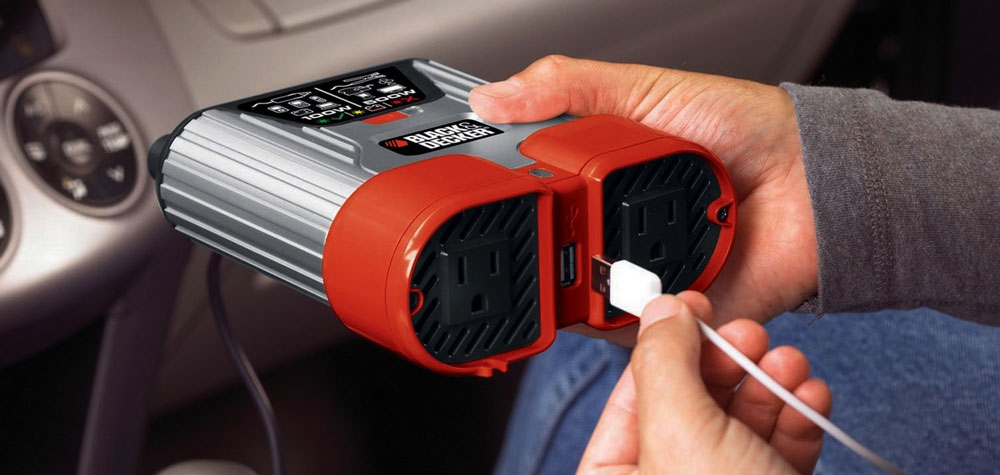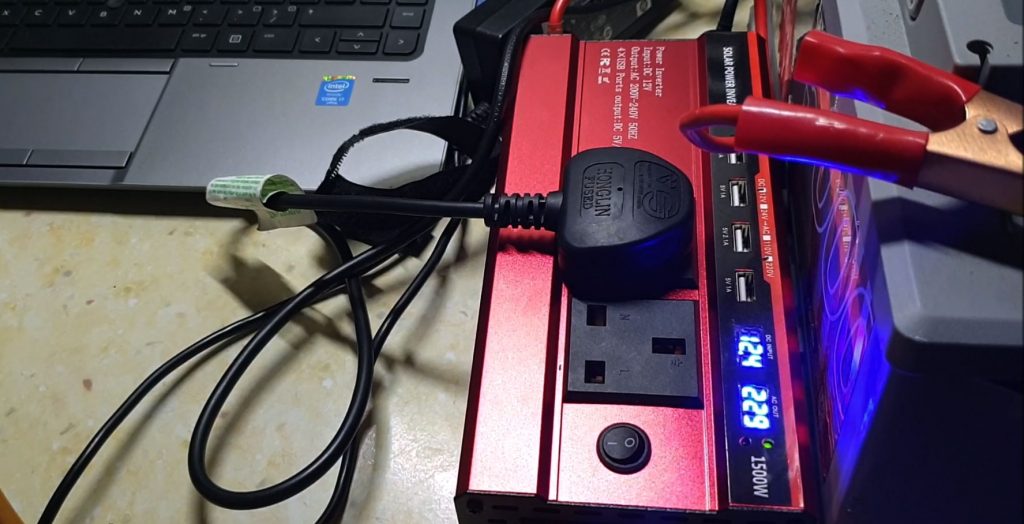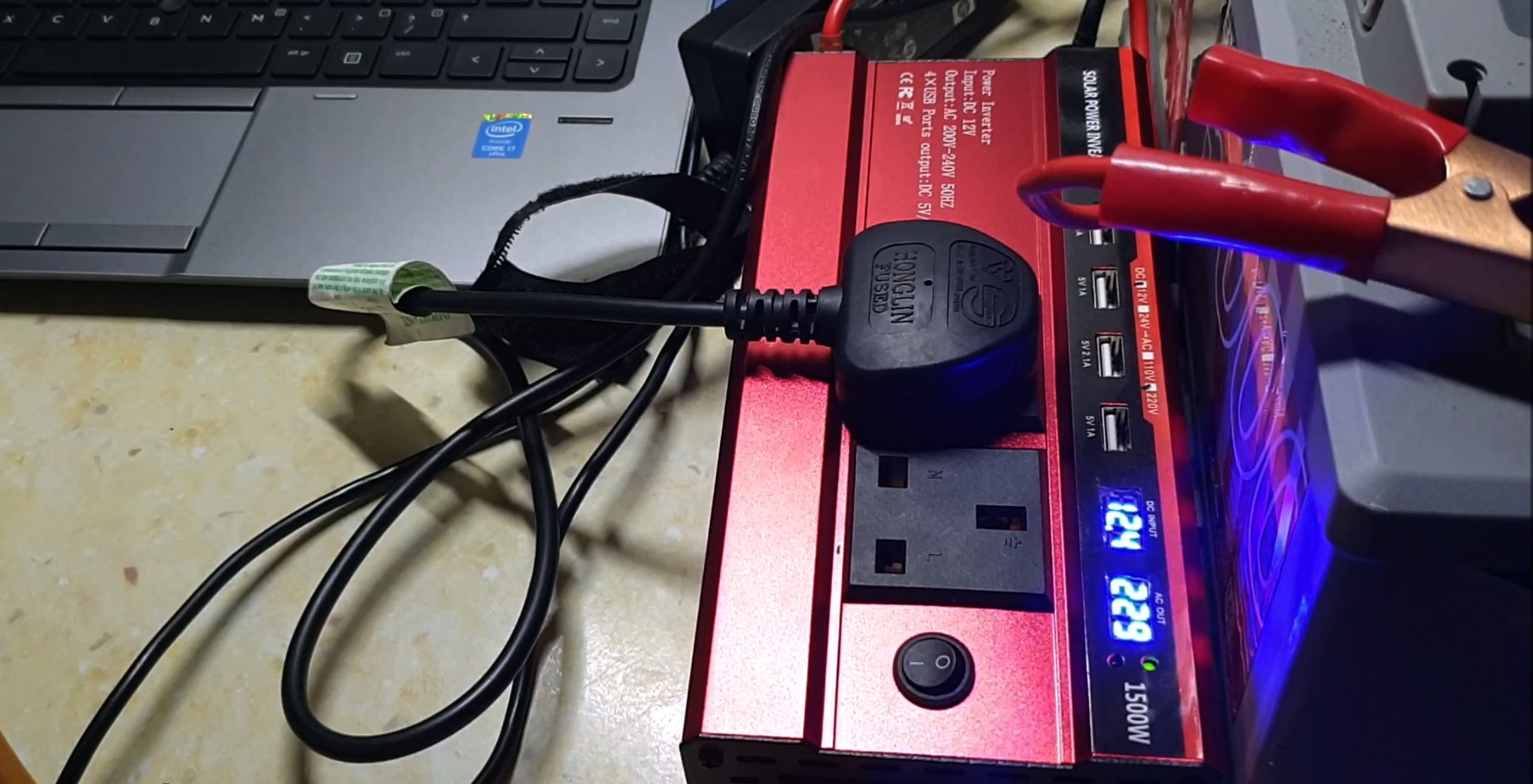It’s no secret that men like cars. What’s not as well known, however, is that many of those same men are unaware of the importance of having a power inverter for car in their vehicles. In this post, we’ll discuss what a power inverter does and how it can benefit you as a driver. We’ll also provide some tips on choosing the right inverter for your needs. So read on to learn more!
What is a power inverter?
An inverter is used to change the energy in your battery. The battery has energy, but it is not for things like your home’s appliances. This AC (alternating current) is what you need for things like your home’s appliances. While it may seem simple on the surface, inverters are actually fairly complex devices that operate at extremely high frequencies.
What does a power inverter for a car do?
A power inverter for car changes the current from the battery to the AC current so you can use your electronic appliances in your car. This means you can listen to your favorite CD and keep working on your laptop while you drive.
There are a number of benefits that you can enjoy when you add this device to your vehicle. First, it lets you use all kinds of devices such as laptops and electric grills (for tailgating). That means more flexibility when you’re out on the town or on the road.

How to choose a car power inverter?
If you’re in the market for a car power inverter, it’s important to choose the right one. There are a variety of factors to consider, from wattage to features.
Here are some tips on how to choose the perfect car power inverter for your needs.
Determine the power requirements of your household appliances and tools
A power inverter converts 12 volts DC to 110 volts AC, allowing you to run various appliances from a car cigarette lighter or a battery. Inverters with higher wattage ratings can also be used to start larger motors such as those found on a gas-powered lawnmower. Appliances that require high wattage (such as heating pads or curling irons) typically need to be plugged into a direct current (DC) outlet on an inverter, rather than the standard alternating current (AC).
To determine the wattage requirements of your appliances and tools, check their label tags or information sheets.
Choose the right inverter based on its intended use
There are three types of power inverters that should be considered for specific uses.
- The first type is a pure sine wave (or true) inverter. It’s designed to power high-end electrical equipment such as laptop computers and power tools, but not appliances like televisions and microwaves.
- The second type is a modified sine wave inverter. This lower cost, a high-efficiency inverter can power most household appliances as well as some power tools and sensitive electrical equipment such as computers and lights with the help of a surge protector.
- The third type is an inverter-charger, which includes power inverter and battery charger capabilities. These high-wattage inverters are typically used to power tools (such as welders), larger appliances like refrigerators, or smaller appliances like laptops while simultaneously charging car batteries via its built-in battery charger feature.
Determine whether you need to be able to shut the inverter off
This feature allows you to shut down the inverter (and power to your devices) quickly and safely during roadside emergencies.
Choose the right type of inverter-based on its intended mounting location
There are two types of car power inverters. A portable one can be moved from vehicle to vehicle, but you will need an extra kit for each one. A hardwired power inverter is permanently attached to the car or truck’s electrical system, which is good for fleet operations, professionals who work on different cars or roadside assistance providers because
I hope this guide helped make the process simpler, by breaking down the different types of power inverters and explaining what each is best used for.


